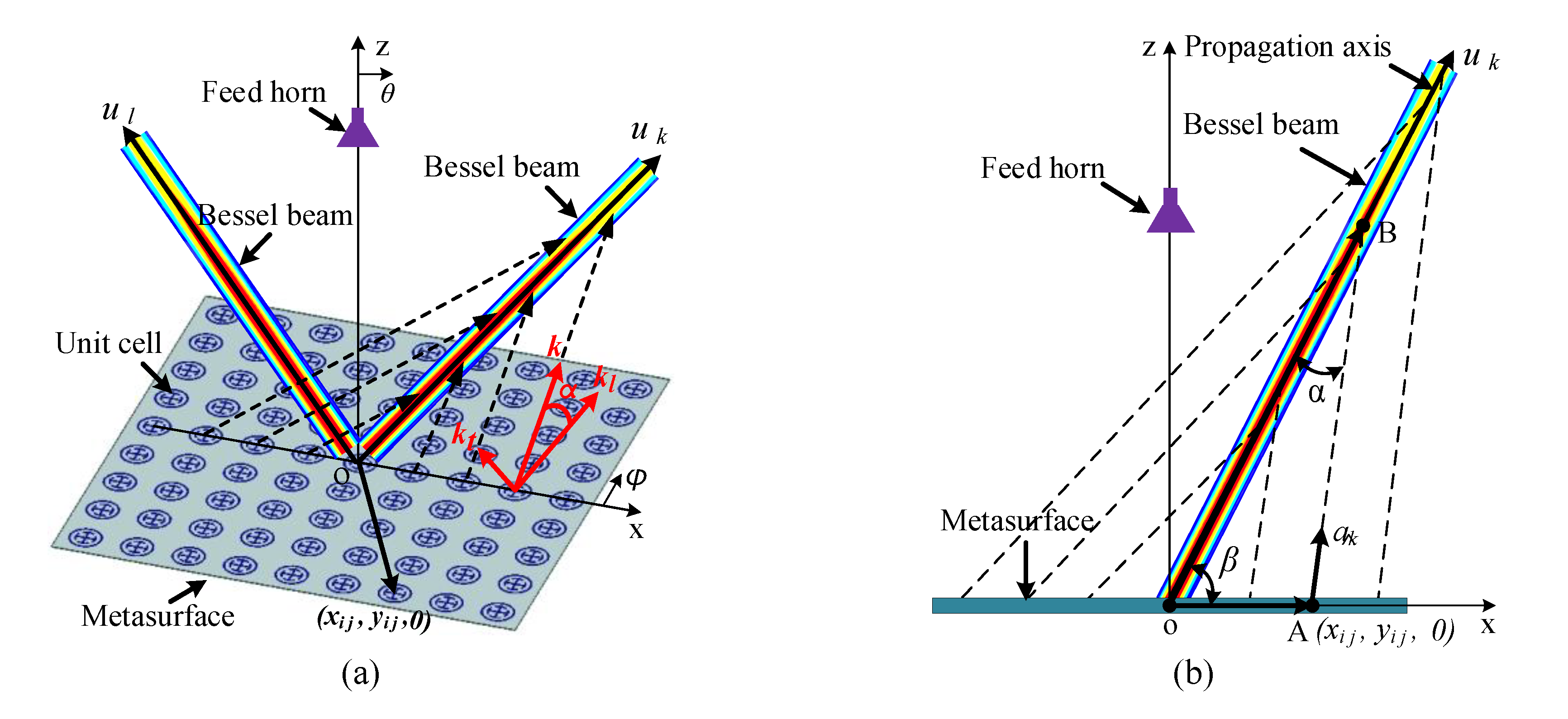

That was solved using special kind of collimator, called pinhole and developed by Marvin Minsky in the midle 50s. However, out-of-focus light from the entire sample only let the observation of certain large and bright structures but not from those smaller and fainter.

The possibility of making visible the location and movement of structures and proteins and other molecules using different fluorescent markers renewed microscopy almost from its foundation: wide-field microscopes coupled fluorescent lamps to brighten fluorescent markers. Just that: phototoxicity, low signal to background ratio and bleaching are the nightmares of all those wishing to extract the maximum of spatiotemporal information of the living micro-world.įluorescence microscopy emerged not long ago as the touchstone for the direct study of the inner life of the cell. This required and requires a balance, since lots of light could generate toxic derivatives among the cell molecules (phototoxicity) or completely squeeze the brightness of the marker (bleaching). To film the journey of a cell is not easy. After lenses refinement almost touched its theoretical zenith and hosts of fluorescent molecular markers have illuminated the darkness of the micro-world, there are still several limitations when it comes to observe living cells in all its glory. Many problems have been resolved on the way, allowing us to poke directly with our own eyes about the heart of the living or inert matter as far as optical physics allows it. Since the emergence of the microscope in the early seventeenth century, many claimed its invention, but many more have tried to improve it.


 0 kommentar(er)
0 kommentar(er)
